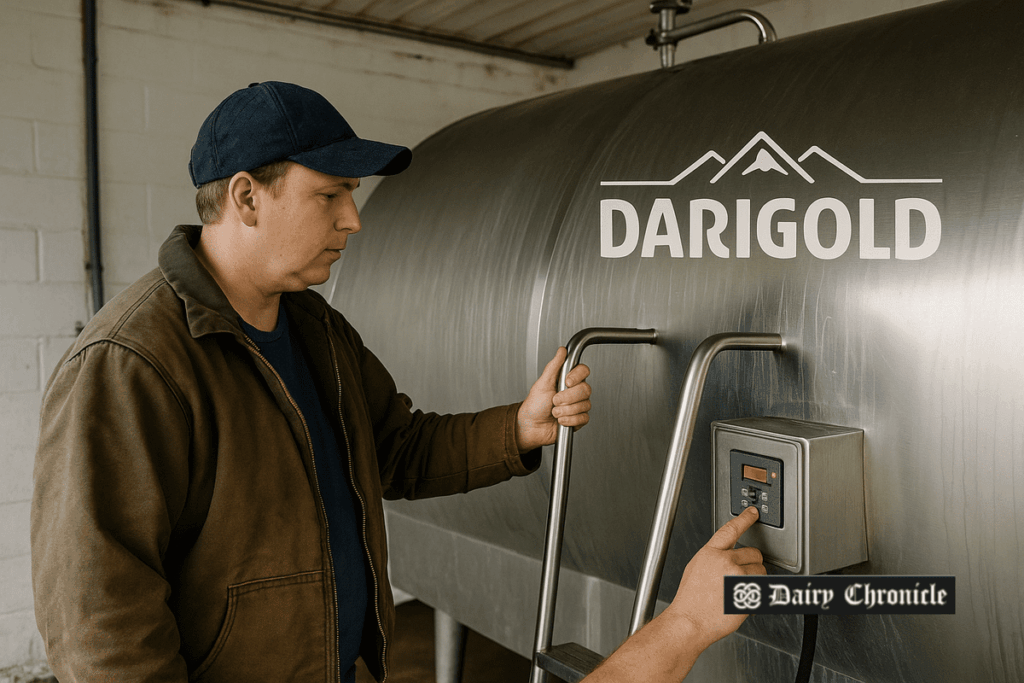Darigold, a major milk processor cooperative in the U.S. Northwest, has announced a $4 per hundredweight deduction from farmers’ milk checks to fund a new plant and cover losses. The move has caused widespread concern among its 250 member farms across Washington, Oregon, Idaho, and Montana. Farmers are facing financial stress, with some struggling to remain viable. While the cooperative cites long-term benefits from the investment, many members feel blindsided and burdened. The situation highlights the tension between short-term hardship and long-term strategy in dairy cooperatives.
A wave of concern has rippled through the Pacific Northwest’s dairy industry as Darigold, one of the region’s largest milk processors, implements a $4 per hundredweight deduction from farmers’ milk checks. The announcement, aimed at funding a new processing plant and offsetting operational losses, has placed significant financial strain on the cooperative’s 250 member farms across Washington, Oregon, Idaho, and Montana.
A Sudden Shift in Farmer Payments
Farmers were notified via a mailed letter dated April 18 that the deductions would begin with their April milk checks. Of the $4 deduction, $2.50 is earmarked for the construction of a new facility in Pasco, Washington, while the remainder is intended to address existing financial losses.
This abrupt change has stirred widespread frustration among producers who are already struggling with low milk prices and rising input costs. Many feel blindsided, citing the lack of communication and short notice.
“The $4.00 deduct, combined with all the other standard deductions, has made it impossible for us to cash flow,” said Krista Stauffer, a long-time Darigold supplier and small-scale dairy farmer.
Stauffer, whose family has been delivering milk to Darigold since 2009, highlighted that even a $1.50 deduction had previously pushed financial viability to the brink. The current cuts, she says, may be unsustainable.
Emotional Toll and Tension within the Co-op
The emotional and financial toll is compounded by strained relations between farmers and cooperative leadership. Despite investing years of loyalty and capital into the co-op, some members feel devalued.
“We have spent 16 years with this cooperative through the highs and lows… We have quite a bit of equity sitting there — with the likelihood of being paid back slim to none,” Stauffer added. “Maybe our kids will see it in the future.”
Others, like Jason Sheehan of J&K Dairy, who operates a 3,000-cow facility in eastern Washington, remain cautiously optimistic, though not immune to the hardship.
“It’s going to be a rough road to get there for the next year or so. We are hurting right now,” Sheehan said. “When milk price is down, coupled with these deducts, it starts to sting.”
For some producers, the only viable option may be to exit the industry altogether, especially given high cow values that make herd sell-offs more financially appealing than enduring further losses.
A Broader Crisis in the Dairy Industry
Darigold’s decision reflects a deeper challenge in the dairy sector. Since 2009, over half of Washington State’s dairy farms have shut down, squeezed by declining margins, labor shortages, and infrastructure pressures.



